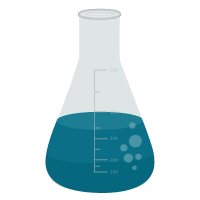DK / EN

The number of patients in dialysis is increasing around the world. One form of dialysis is haemodialysis. Effective dialysis requires stable and functional access to a blood vessel, normally through a fistula. After the fistula has been created, there is a serious risk of failure to mature (which means it can never be used), and a major risk of stenosis inside the blood vessel, requiring balloon dilation. This means impaired dialysis and lower patient survival rates. At present there are no possible treatments to improve conditions associated with the fistula.
“In this project we will investigate whether infrared treatment applied to the fistula itself can improve maturation and survival of the fistula, in a multi-centre randomised trial, involving a total of nine dialysis centres. The treatment is given during dialysis, and does not take up the patients’ time unnecessarily,” explains Kristine Lindhard, staff physician at the Herlev Hospital department for kidney disease.
The effective mechanism of the infrared treatment is not fully understood. The researchers believe that it will have a positive effect on a number of factors in the blood (involved in survival of the fistula). This is what they will investigate.
“We will also examine various risk factors, such as arterial stiffness, levels of various biomarkers, and various patient data which are linked to the risk of loss of the fistula. Overall, we hope to be able to implement infrared treatment as a treatment option. This will take place at the same time as we identify risk factors and other possible forms of treatment. The aim is to achieve better fistula maturation and survival, and thus better patient survival,” says Kristine Lindhard.